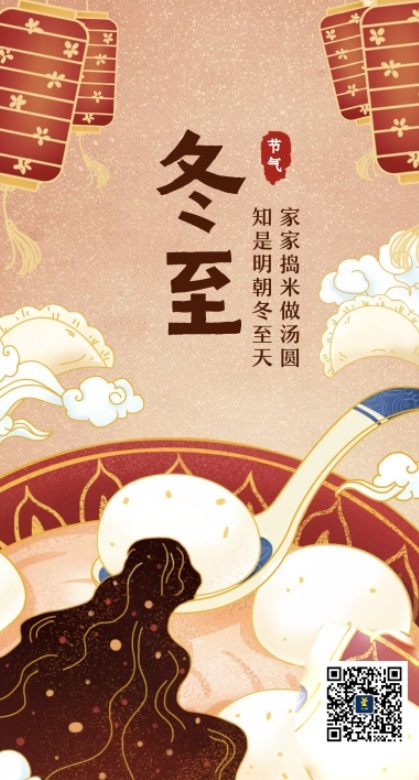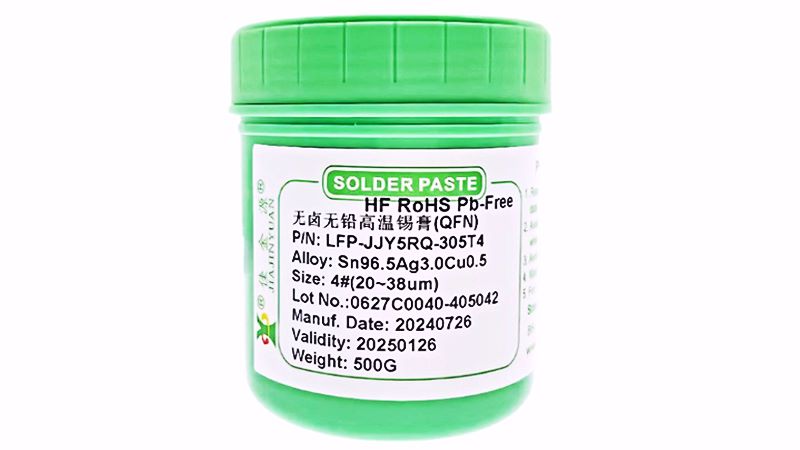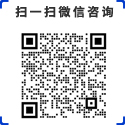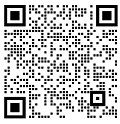2021The last month of the year also marks the arrival of the important solar term of the last month - the Winter Solstice, which is also a traditional festival of the Chinese nation. The Winter Solstice is commonly known as the "Winter Festival", "Jiaodong", "Sub-New Year", etc. The Winter Solstice is as important as the New Year. It is also known as the "Minor New Year", which indicates that the end of the year is approaching and there are not many days left. Today, JJY solder Paste Manufacturer will not discuss other product issues. Let's explore the Winter Solstice festival together:
First of all, let me understand the origin of the Winter Solstice:
As early as over 2,500 years ago during the Spring and Autumn Period, China had already used the GUI to observe the sun and determined the Winter Solstice. It is the earliest of the 24 solar terms to be established and also a traditional festival of the Chinese nation. During the Yin and Zhou dynasties, it was stipulated that the day before the Winter Solstice was the end of the year, and the Winter Solstice Festival was equivalent to the Spring Festival. Later, the lunar calendar was implemented. But the Winter Solstice has always been on the list24The first of each solar term is called "Minor New Year".
People originally celebrated the Winter Solstice to celebrate the arrival of the New Year. Ancient people believed that from the Winter Solstice on, the Yang energy of heaven and earth began to grow stronger and stronger, marking the beginning of the next cycle and being a very auspicious day. Therefore, later on, customs such as ancestral worship and family dinners during the Spring Festival often occurred on the Winter Solstice. The practice of celebrating the Winter Solstice as a festival originated in the Han Dynasty, flourished in the Tang and Song Dynasties, and has continued to this day.
The three periods of the Winter Solstice:
On the first pentad of the Winter Solstice, earthworms form knots. During the Winter Solstice, earthworms underground still curl up their bodies, like knotted ropes.
The second sign of the Winter Solstice is the dissolution of the deer's horns. On the Winter Solstice, the Yang energy returns for the first time. The antlers of the elk fall off, marking the beginning of a new cycle. The law of metabolism is hidden in the changes of the seasons.
On the third day of the Winter Solstice, the water springs start to move. After the Winter Solstice, the well water begins to rise and the spring water starts to flow.
Winter Solstice customs:
(1In the north, people eat dumplings and wontons. In northern China, there is a custom of eating dumplings on the Winter Solstice. On this day every year, regardless of wealth or poverty, dumplings are an indispensable festival meal. It is said that this custom is an expression of gratitude to Zhang Zhongjing, the "Medical Sage", for his "Cold-Dispelling and Delicate Ear Decoction". The significance of Winter Solstice wontons mainly lies in worship, followed by consumption. Some ancient people believed that eating wontons on the Winter Solstice was to break through Yin and release Yang, supporting the growth of Yang energy in the universe.
(2In the south, people eat tangyuan. Eating tangyuan on the Winter Solstice is a traditional custom in China, especially popular in the Jiangnan region. There is a saying among the people that "eating tangyuan makes one one year older." Tangyuan can be used to worship ancestors, or given to relatives and friends as gifts, and it also represents reunion.

Today is the Winter Solstice. All the staff of JJY wish everyone a happy Winter Solstice, a happy and harmonious family, good health and safety, and a lifetime of happiness!
tags: JJY Lead-free solder paste Leaded solder paste Solder paste manufacturer Low-temperature solder wire Lead-free solder paste manufacturer





 Tel:+86 0755 88366766
Tel:+86 0755 88366766 Phone:+86 18938660310
Phone:+86 18938660310 Email:sales@jjyhanxi.com
Email:sales@jjyhanxi.com Address:13/F,12/F, Building No. B,Qinghu Technology Park,Qingxiang Rd.,Qinghu Community, Longhua Subdistrict,Longhua District,Shenzhen City,GUANGDONG Province,P.R.C.(518027)
Address:13/F,12/F, Building No. B,Qinghu Technology Park,Qingxiang Rd.,Qinghu Community, Longhua Subdistrict,Longhua District,Shenzhen City,GUANGDONG Province,P.R.C.(518027) Guangdong Public Security Backup 44030902002666 name
Guangdong Public Security Backup 44030902002666 name
 WeChat
WeChat WeChat official account
WeChat official account
